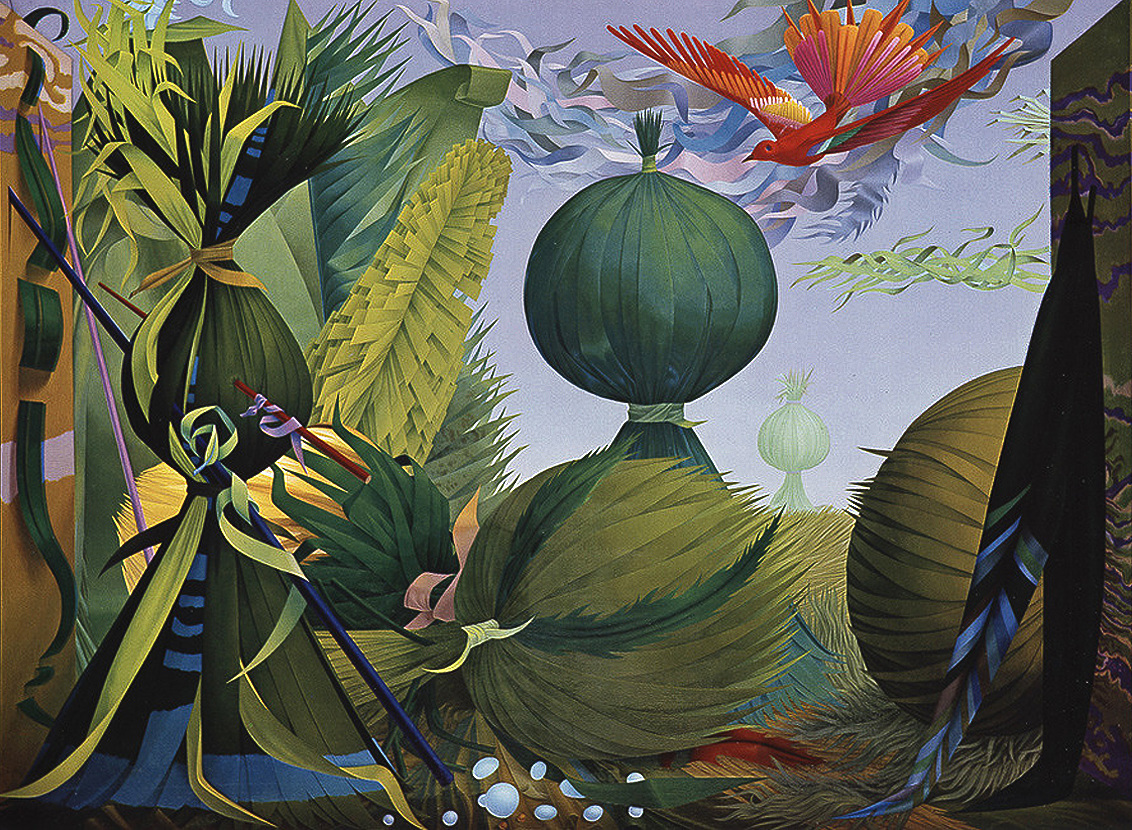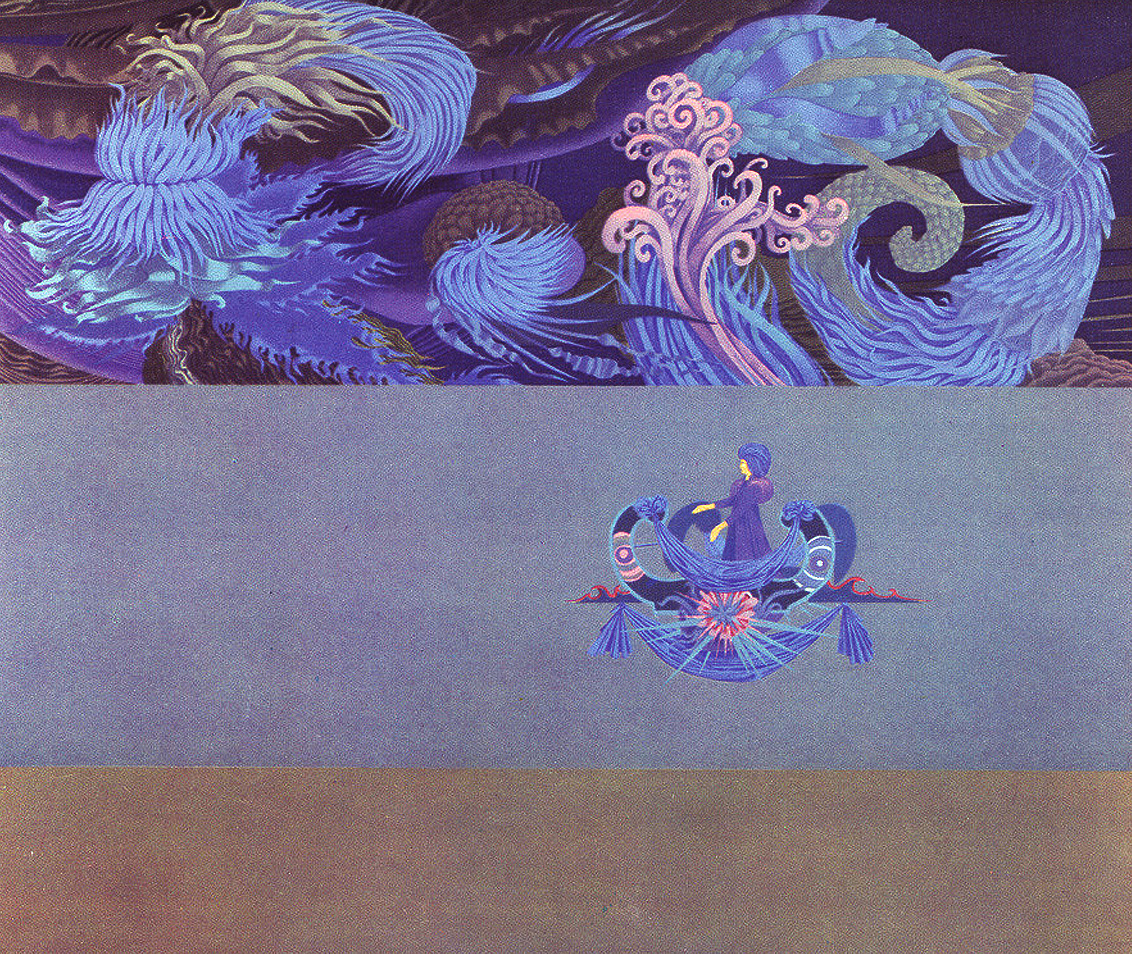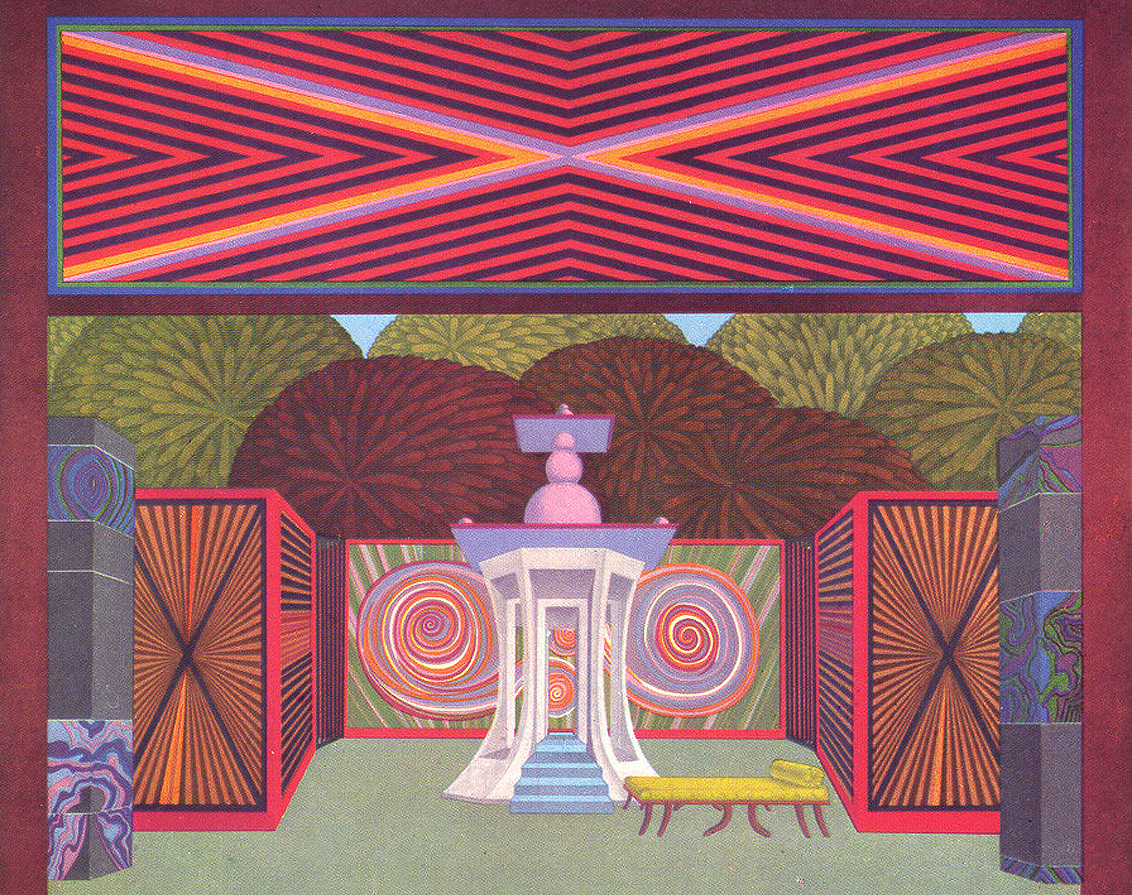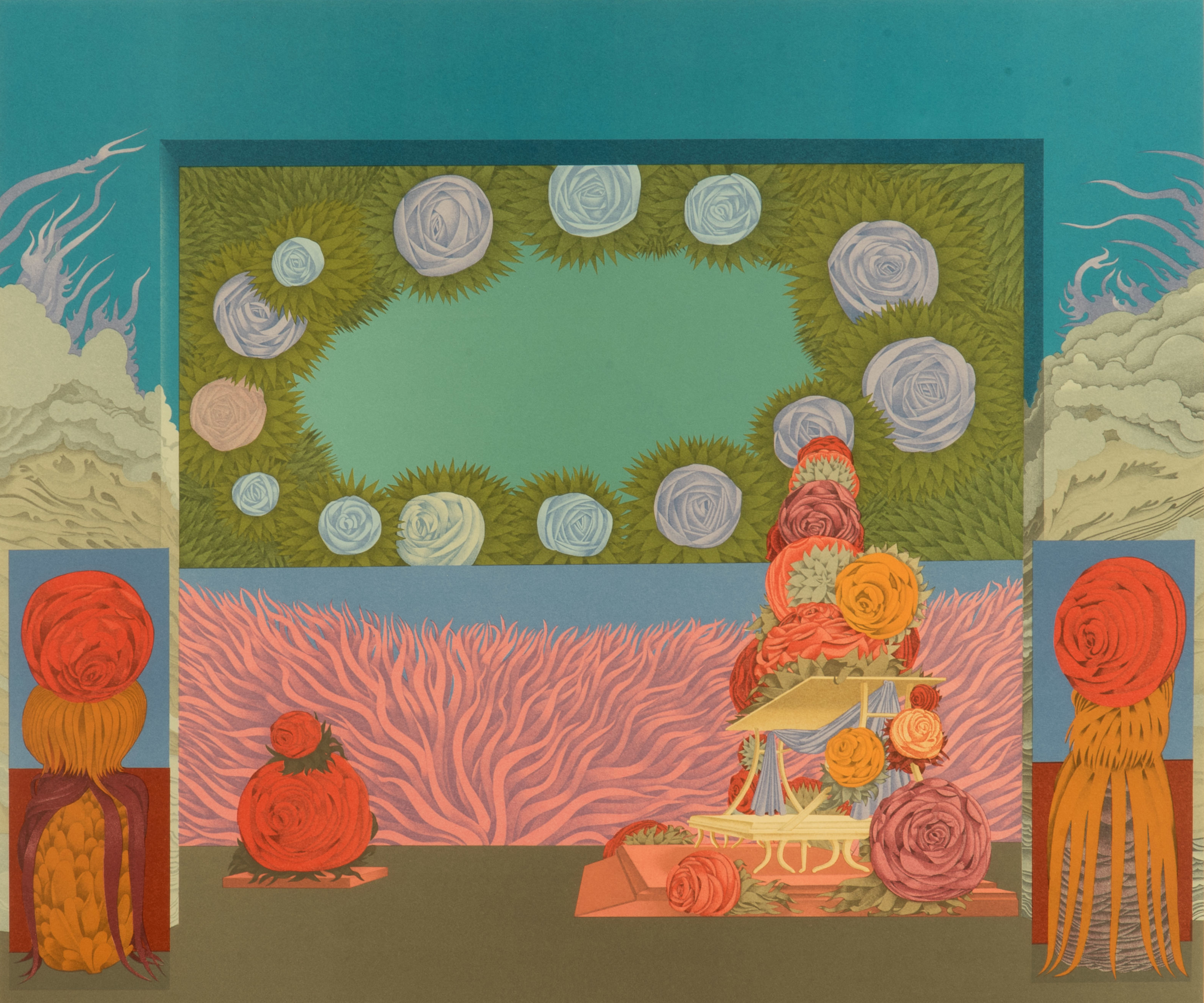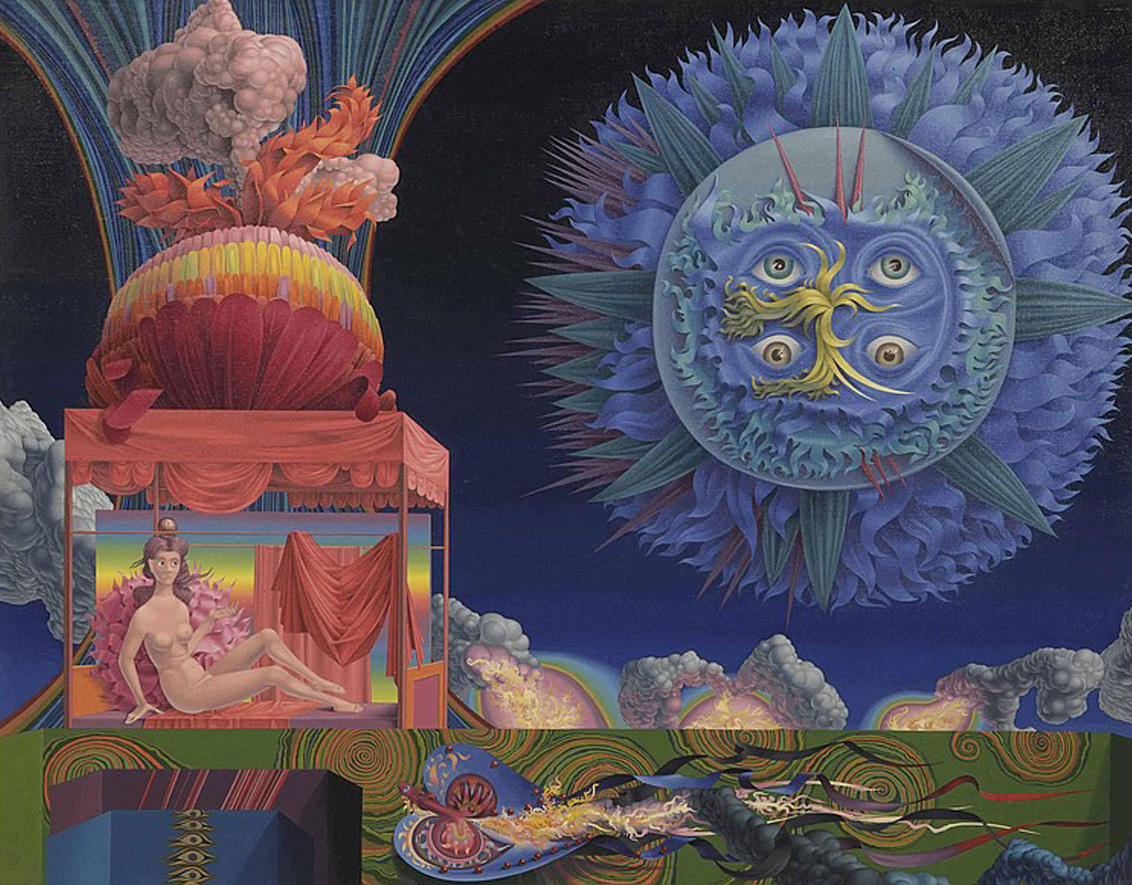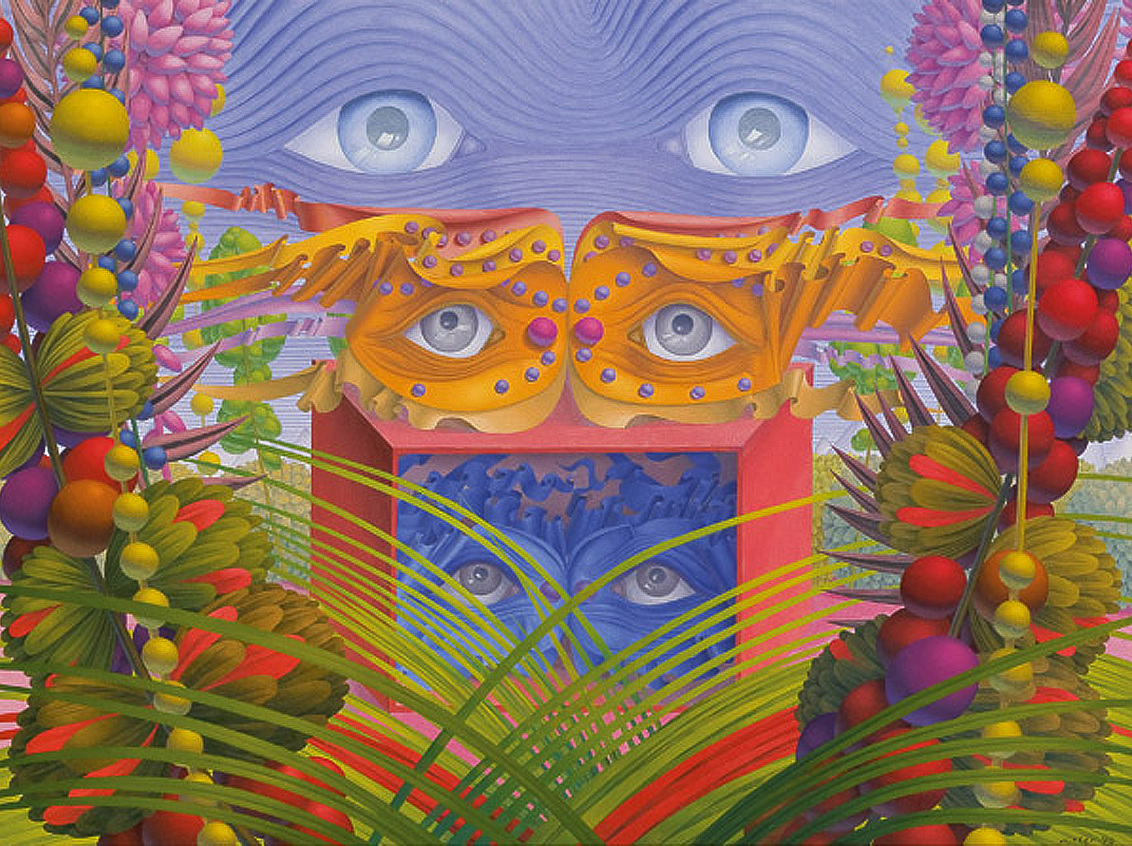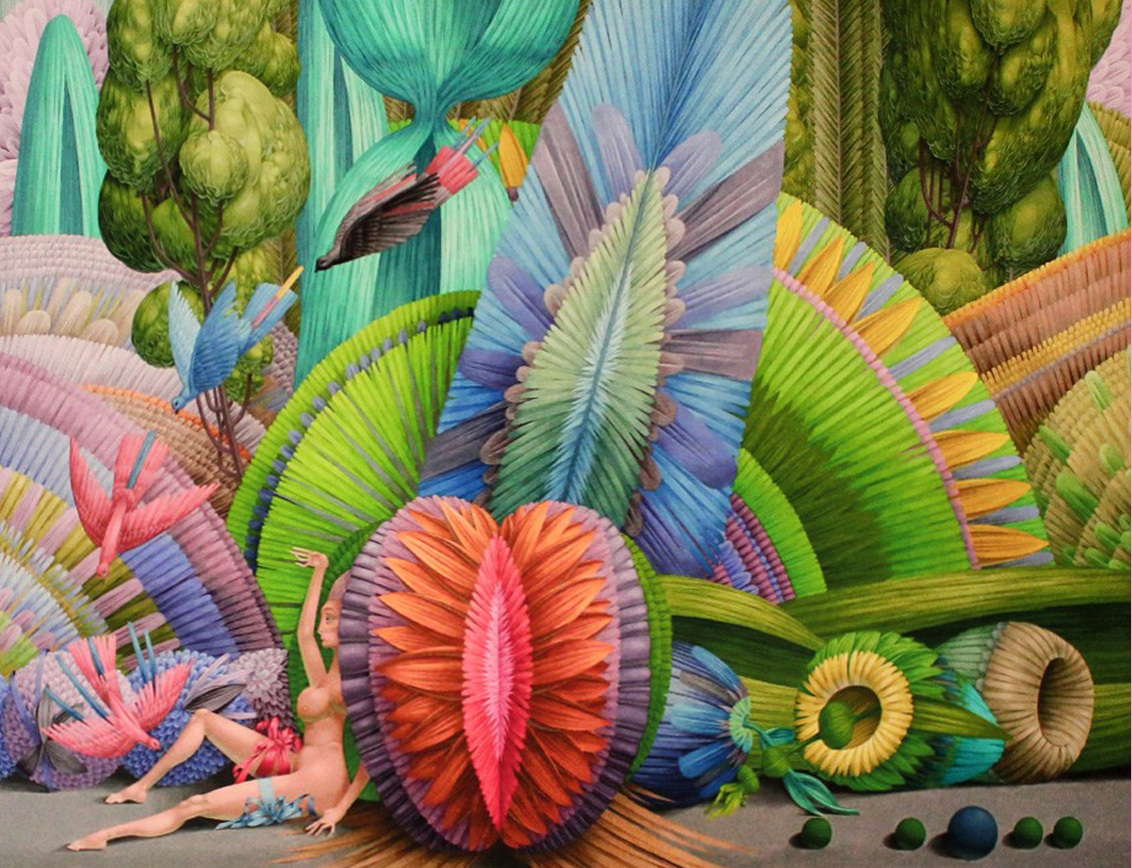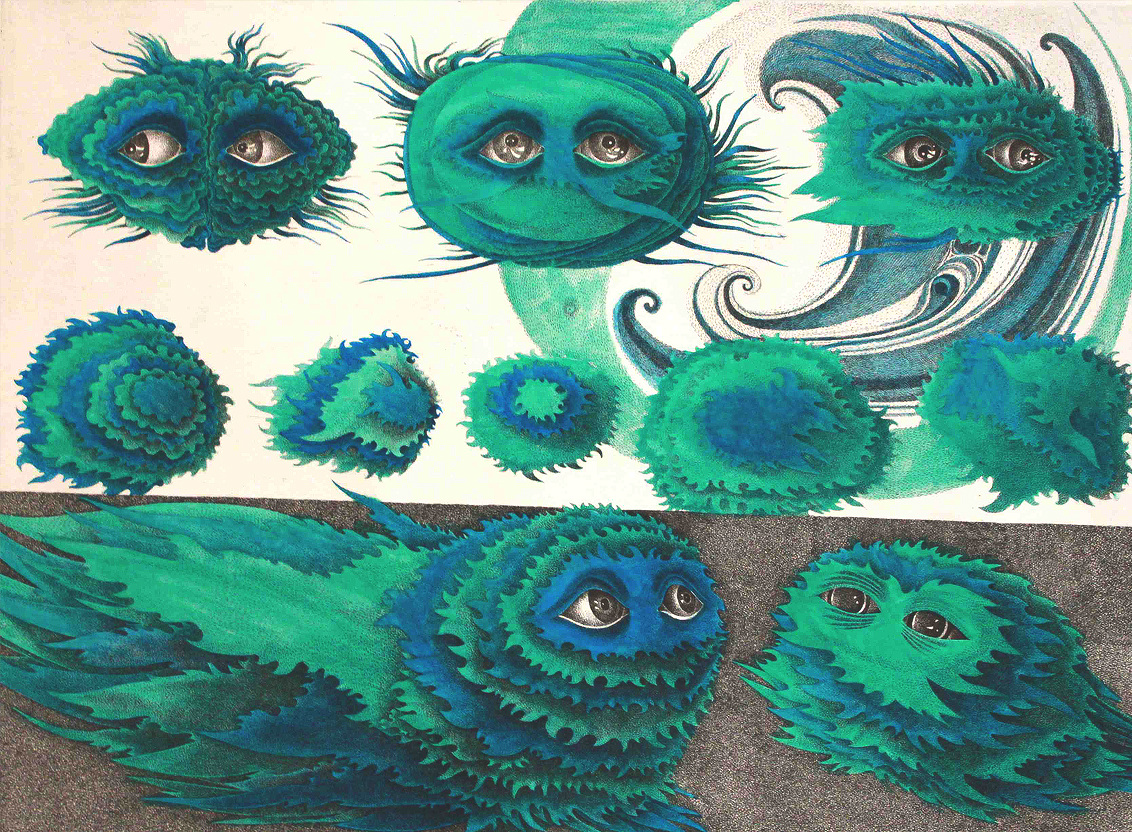wolfgang hutter
︎Artist, Painting, Spirituality
︎ Ventral Is Golden
wolfgang hutter
︎Artist, Painting, Spirituality
︎ Ventral Is Golden
︎ Ventral Is Golden
“The secret is that there is no secret” ― Russell Targ.
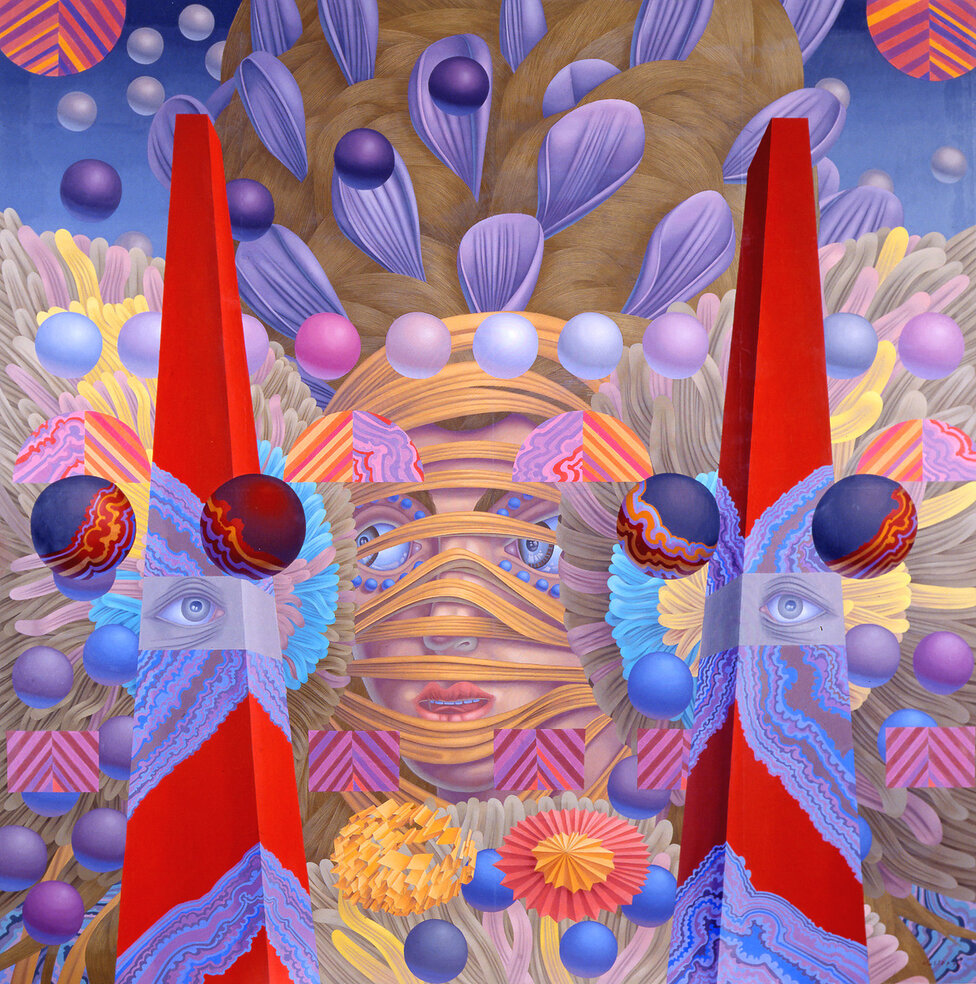

Co-founder of the Vienna School of Fantastic Realism, Austrian born, Wolfang Hutter (1928 - 2014), like many other artists working in the realm of Fantastic Realism (particularly around Eastern Europe at the time), had a visionary ability of rendering not just whimsical scenery, but visual critiques born of oppressive political regimes; psychic blueprints of a higher technological realm empowered by the faculties of the enlightened mind as it broke away from the conditioned parameters of a failing political ideology.
Featuring fantastical microbial spectres enchanting bio-technological gardens that bloom with the elemental forces of an alien dreamtime, Hutter becomes the archeo-futurist of a trans-dimensional landscape, caught within the nightmare of a socially induced, industrial utopia.
As is generally the case with genres such as Fantastic and Magic Realism, these visions are often a response to social and political oppression within modernised societies - an effect of which is first the colonisation of mind through language (a kind of Newspeak) to restrict the limitations of thought, and secondly the effect that this language has on comprehending the physical world and the progression of science, technological invention and history, within a constructed context of linear time.
Hutters’ work brings to mind examples of Depth Psychology, Jungian Archetypes and the commonly shared notion of a lost ancient technology or breakaway civilisation, that wouldn’t seem out of place in a Moebius storyline.
One such example of a lost ancient technology commonly spoken about in antedeluvian mythologies as well as once practiced in contemporary military programs, is telepathy, a phenomena often associated with aspects of altered states of consciousness achieved through resonance, sound and vibration (which are all essentially the same thing - including the technologies of spoken language itself).
Extra Sensory Perception (ESP) is a genre of which telepathy is a skill, and this is often associated with New Age philosophies but has its roots in ancient mystical, religious traditions, such as the Yoga Sutras, which is a treatise on clairvoyance and cultivation of ‘siddhis’ (abilities) that was written by Patanjali over two thousand years ago.
Russell Targ (a Laser Physicist from the Stanford Research Institute who worked for the CIA for approximately twenty five years) used Patanjali’s techniques as the basis of his ESP research.
Targ’s work has earned him a place in the banned TED talks Hall of Fame. He had stated that he became interested in physics as an amateur magician, and it was during this time that he acknowledged the potential of a spiritual science that was less bounded by the limitations of a materialist science mindset but instead existed in the well established phenomena of non-locality. Likewise in the realm of biology, renowned scientist Rupert Sheldrake has brought into question the very foundations of rational thinking (where is the mind located?) to elucidating that what modern societies consider to be the constant physical laws of nature can acutally fluctuate.
Featuring fantastical microbial spectres enchanting bio-technological gardens that bloom with the elemental forces of an alien dreamtime, Hutter becomes the archeo-futurist of a trans-dimensional landscape, caught within the nightmare of a socially induced, industrial utopia.
As is generally the case with genres such as Fantastic and Magic Realism, these visions are often a response to social and political oppression within modernised societies - an effect of which is first the colonisation of mind through language (a kind of Newspeak) to restrict the limitations of thought, and secondly the effect that this language has on comprehending the physical world and the progression of science, technological invention and history, within a constructed context of linear time.
Hutters’ work brings to mind examples of Depth Psychology, Jungian Archetypes and the commonly shared notion of a lost ancient technology or breakaway civilisation, that wouldn’t seem out of place in a Moebius storyline.
One such example of a lost ancient technology commonly spoken about in antedeluvian mythologies as well as once practiced in contemporary military programs, is telepathy, a phenomena often associated with aspects of altered states of consciousness achieved through resonance, sound and vibration (which are all essentially the same thing - including the technologies of spoken language itself).
Extra Sensory Perception (ESP) is a genre of which telepathy is a skill, and this is often associated with New Age philosophies but has its roots in ancient mystical, religious traditions, such as the Yoga Sutras, which is a treatise on clairvoyance and cultivation of ‘siddhis’ (abilities) that was written by Patanjali over two thousand years ago.
Russell Targ (a Laser Physicist from the Stanford Research Institute who worked for the CIA for approximately twenty five years) used Patanjali’s techniques as the basis of his ESP research.
Targ’s work has earned him a place in the banned TED talks Hall of Fame. He had stated that he became interested in physics as an amateur magician, and it was during this time that he acknowledged the potential of a spiritual science that was less bounded by the limitations of a materialist science mindset but instead existed in the well established phenomena of non-locality. Likewise in the realm of biology, renowned scientist Rupert Sheldrake has brought into question the very foundations of rational thinking (where is the mind located?) to elucidating that what modern societies consider to be the constant physical laws of nature can acutally fluctuate.
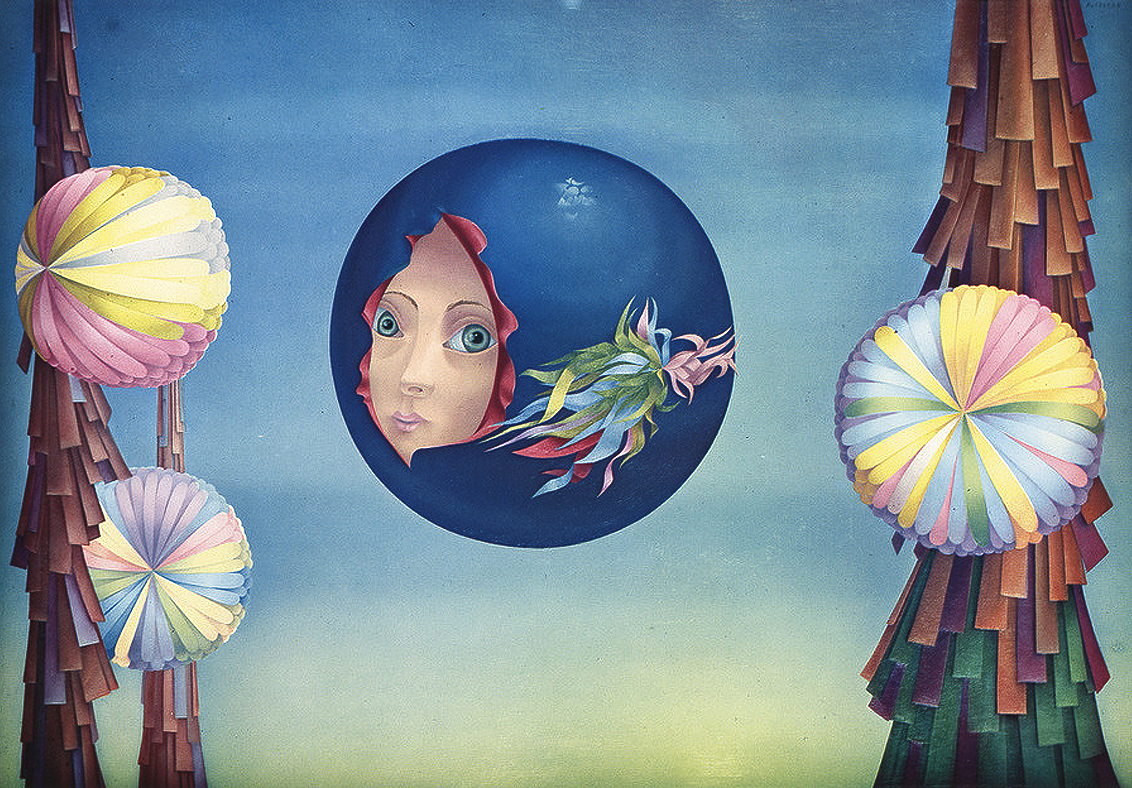

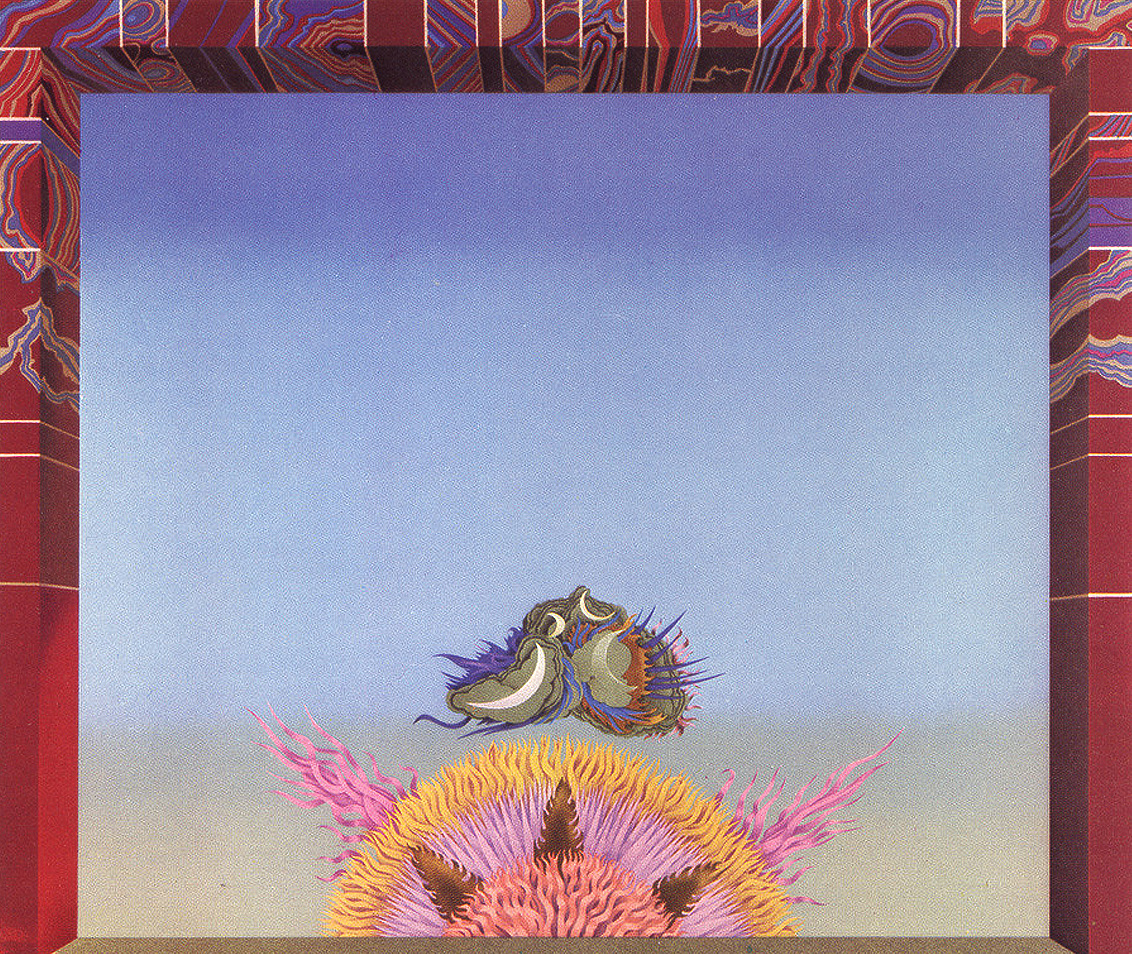
“What all this has in common is the sense of a shared space, both physical and non-physical, a luminous liminal landscape where imagination and language can stir the latent mental potential lurking within matter.”

Ironically, ESP has been ridiculed in the West since the 1960's for it’s lack of ‘scientific rigour’, but has infact, throughout history, being at the forefront of technological developments and scientific discussion in the fields of biology and quantum physics (even to the point of trying to weaponise it within military operations) whilst at the same time being considered a fringe topic of discussion within mainstream scientific pursuits and by publicly endorsed sceptics and material scientists.
Maybe it’s an unfortunate coincidence of human pathology that the only time in recent history where esoteric, psychic abilities and historical revisionism were taken seriously, led directly to their entanglement within a superior race ideology.
Although the story of National Socialism is a cautionary tale of how valid accounts of occult mysticism and historical revisionism can become milestones of human brutality, most of the technological benefits enjoyed today were conceived through the visions of magical practionioners and their research into (sometimes questionable) occult or tantric practices.
These altered states and ancient mystical rites have a shared origin with some of the earliest known civilisations, spanning mythologies from West Africa to the Indus Valley. They exhibit consistent scientific knowledge that contradicts the most commonly accepted rationalist veiws of what kind of science is possible.
What all this has in common is the sense of a shared space, both physical and non-physical, a luminous liminal landscape where imagination and language can stir the latent mental potential lurking within matter.
It is a mysterious shade of a subtle dimension embedded within the curvature of language and space-time. It has been a closely guarded secret in many ancient cultures and esoteric religions since pre-history, perhaps specifally to protect us from ourselves until we can use this technique correctly, but as Russell Targ pointed out in his research, the great secret is that there is no secret, and yet, undeniably, there exists a resonance which imparts influence upon the parapschological and the history of social, spiritual and scientific reforms throughout history.
“The rise of occultist movements from around 1880... was undeniably one of the innovative factors that made up Viennese Modernity... Nevertheless, until today occultism is neglected in the literature on Viennese Modernity and the cultural history of Austria” (source)
